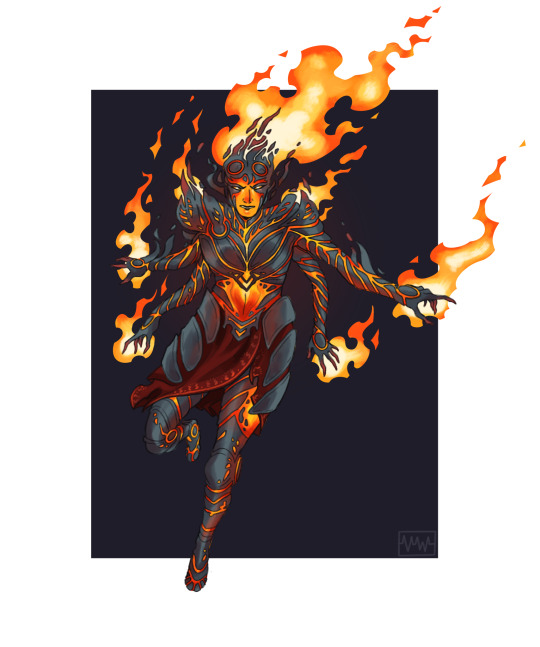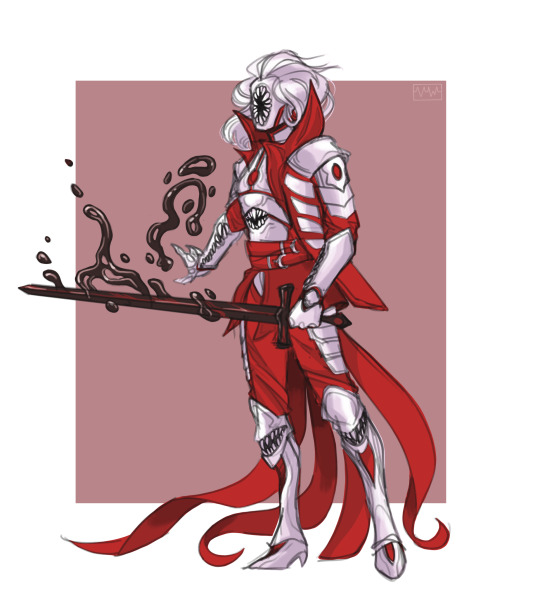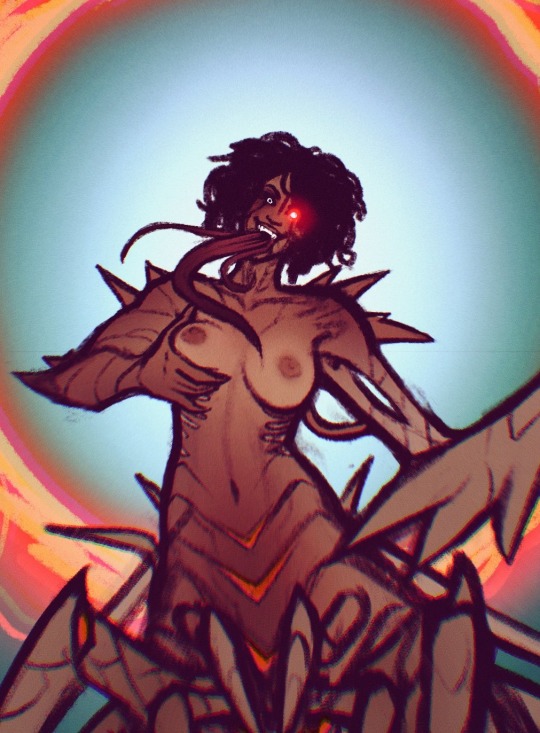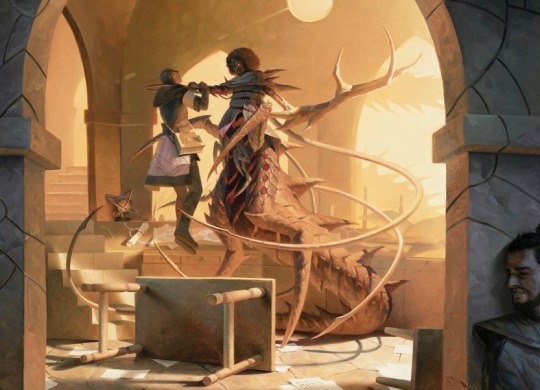#Phyrexia
Explore tagged Tumblr posts
Text

Compleated Tarrasque
#digital art#art#illustration#digital artist#fantasy art#artwork#artist#ttrpg#ttrpg art#dnd5e#dnd#dungeons and dragons#artists on tumblr#tarrasque#compleated#phyrexian#phyrexia#magic the gathering
364 notes
·
View notes
Text

Jin-Gitaxias - sketchbook
re-draw of a very old work
#inkart#inkdrawing#sketch#sketchbook#fantasy art#scifiart#grimdark#horror art#magic the gathering#new phyrexia#phyrexia#jin gitaxias
2K notes
·
View notes
Text




It's time for the Jin meme I've been waiting for so long phahahahahaa , Nekit said Tamiyo should be in Elish's place BUT THIS MADAMA IS REALLY THERE TO MOCK HIM ����😂😂 "TOUGH DAY, HUH?"
#MTG#ART#Бегущий_По_Лезвию#Фирексия#Phyrexia#Джин_Джитаксиас#Jin_Gitaxias#Арт#Art#blade runner#ryan gosling#2d art#monster#illustration#mtg art
2 notes
·
View notes
Text

395 notes
·
View notes
Text

Compleated Miku! (Not just Jin in cosplay this time)
706 notes
·
View notes
Text

491 notes
·
View notes
Text
Fuck it all of my followers are getting compleated
313 notes
·
View notes
Text
I don't think anyone can fathom how badly I want to be compleated. I want the oil dripping down my skin as it seeps into my body. I want my eyes to flood red as my flesh becomes metal. I want porcelain skin and robotic tendrils and flesh-devouring mouths to open up across my body. I want to become horror as I cry and laugh and scream a song I've never heard before. I want wings to burst from my back as claws extend from beneath my fingers and my eyes drip oil.
371 notes
·
View notes
Text
Some robot facts from an ongoing bit over on bluesky




195 notes
·
View notes
Text

Yawgmoth's Vile Offering by Chase Stone
#Magic the Gathering#MtG#MtGMOC#March of the Machine Commander#Yawgmoth's Vile Offering#Fantasy#Art#Chase Stone#Wizards of the Coast#Phyrexia#Phyrexian Invasion#Urza Planeswalker#Gerrard Capashen
239 notes
·
View notes
Text
Felt like trying my hand at some more compleated walker designs!

First, Chandra - the second design I drew, and my favorite of the three. I imagine that she could have willingly been completed, or just resisted Norn’s authority through sheer gay rage or something.

Next, Sorin - this was the last of the three I drew, but gave me so much trouble that by sketch number three I just decided to color it without inking. I might give this another try later.

Finally, mtg’s father of the year, Oko - the first design I did and the smoothest process by far. I just think he’s neat.
I might do more of these, so if you have any questions or suggestions for planeswalkers to compleat/redesign, I would love to hear from y’all!
#I have a pretty strong idea for Saheeli if anyone would be interested in that#my art#really need to use that tag more#mtg fanart#phyrexia#compleated planeswalker#chandra nalaar#sorin markov#oko
693 notes
·
View notes
Text



Fanart of Rona, Tolarian Obliterator
From Magic the Gathering
1K notes
·
View notes
Text

Hey wait a minute. They put my egg-cracking experience on a card. Wizards was monitoring my internal thoughts on that most holy of evenings and decided to represent that with Vraska. I'm so honored 🥹
#paris: the gendering#phyrexia#vraska#explanation: I was raised catholic. and was very dedicated to my faith#when I finally learned what a trans woman is. I immediately Knew#and I knew I was the vile Enemy. my family and church and god would hate me#the new nature of my existence was proof I had rejected god. before I even made that choice#I've already been latched onto Phyrexia-as-trans metaphor for awhile#but god damn this card makes me Feel it#where's my biomechanical horror hrt! fuck!
226 notes
·
View notes
Text
(And yes, I will draw it)
715 notes
·
View notes
Text
Sharing my art for compleated Sorin Markov! It’s a design I’ve been workshopping for a few months, and I really like how it’s turning out!
The idea of Sorin in the machine orthodoxy has been rattling around in my brain for awhile-



#mtg#sorin markov#vorthos#mtg art#artists on tumblr#digital art#new phyrexia#phyrexia#phyrexian#magic story#magic the gathering#fanart
69 notes
·
View notes
Text

245 notes
·
View notes